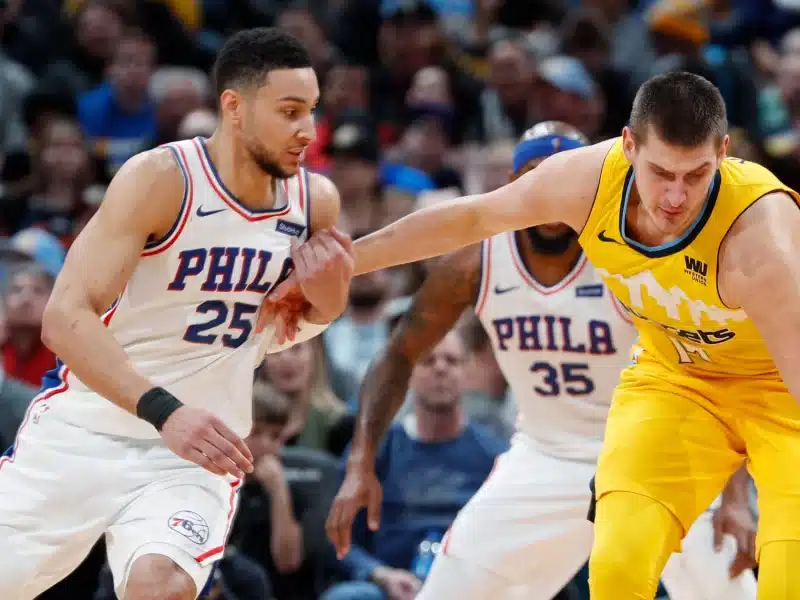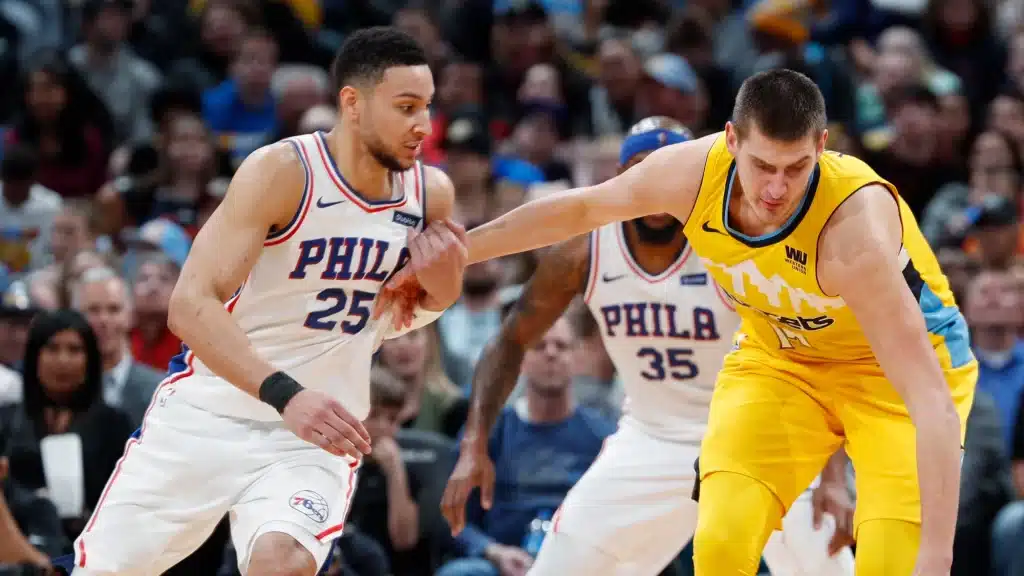Why Youth Players Should Learn Positionless Basketball
The game of basketball has evolved dramatically over the past decade. Traditional roles like “center” or “point guard” are becoming outdated, replaced by more versatile, dynamic athletes who can thrive anywhere on the court. This modern approach is known as positionless basketball.
In today’s NCAA and NBA games, positionless basketball dominates. So why shouldn’t we teach these same principles to young players?
At Pro Skills Basketball (PSB), we believe in preparing youth athletes for long-term development, not just short-term success. That’s why positionless basketball is a major focus of our Club Teams and player development programs across the country.
Here are 3 key benefits of teaching positionless basketball to youth players—and why it’s a game-changer for young athletes, coaches, and teams.
1. More Well-Rounded Basketball Players
Positionless basketball encourages all players to develop a complete skill set—regardless of their height, age, or current “position.” Instead of labeling players as a “1”, “2”, “3”, etc., coaches can focus on teaching universal skills that every athlete should have.
This means teaching all players how to:
-
Shoot from different spots on the floor
-
Handle the ball under pressure
-
Make good decisions and smart passes
-
Move without the ball and space the floor
-
Guard multiple types of players on defense
In short, positionless training builds smarter, more adaptable basketball players who can impact the game in multiple ways.
With youth teams typically practicing just 1–2 times per week for limited hours, there’s often not enough time to teach complex plays or role-specific instructions. Positionless concepts simplify coaching while maximizing each player’s development.
2. Increased Opportunities for Playing Time
When players are trained to be interchangeable on the court, they’re more valuable to the team—and more likely to see the floor.
Imagine this:
-
A player who can both shoot and screen
-
A guard who can rebound and defend the post
-
A forward who can bring the ball up the court
These players can slot into any lineup. They give coaches maximum flexibility to adjust on the fly, whether it’s due to foul trouble, matchups, or game tempo.
For players, this means more opportunities to contribute and grow.
Rather than being “stuck” in one spot, youth players trained in a positionless system will find they can play in a variety of roles and adjust to whatever the team needs.
3. Better Defensive Development
On the defensive side of the ball, positionless basketball demands versatility. Players must be prepared to guard different types of opponents—from quick guards to strong post players to sharpshooters on the perimeter.
This kind of training sharpens defensive awareness, footwork, and toughness.
It also reflects the demands of modern basketball. Today, top high school, college, and pro players are often judged by how many positions they can guard. Just look at the NBA—versatile defenders are essential to every winning team.
By instilling this mindset early, youth basketball coaches can help players:
-
Improve their individual defense
-
Recognize different offensive threats
-
Communicate better on switches and screens
-
Understand team defense schemes more fully
Ultimately, defense is about effort and adaptability. A positionless approach trains both.
Why PSB Teaches Positionless Basketball
At Pro Skills Basketball, we believe youth development should be about building great basketball habits and developing complete players, not just assigning positions.
That’s why our Club Teams, Camps, and Academies focus on core skills that every athlete needs to thrive at the next level.
By taking a positionless approach:
-
We eliminate rigid roles that often limit growth
-
We empower young players to explore different responsibilities
-
We prepare kids for real competition—now and in the future
View this post on Instagram
Whether you’re a parent, player, or coach, we encourage you to embrace the benefits of positionless basketball. It’s a smarter, more fun, and more effective way to grow in the game.
Ready to take the next step in your child’s basketball journey?
Pro Skills Basketball offers Club Teams, Camps, Clinics, and Academies in 25+ cities across the U.S.
👉 Find your city and sign up today to join a program focused on real development, experienced coaches, and a culture that puts players first.
📩 Contact us at admin@proskillsbasketball.com
📞 Call us at 866-996-3888
Let me know if you’d like to pair this post with a downloadable resource, social media captions, or internal links to city-specific Club Teams!




